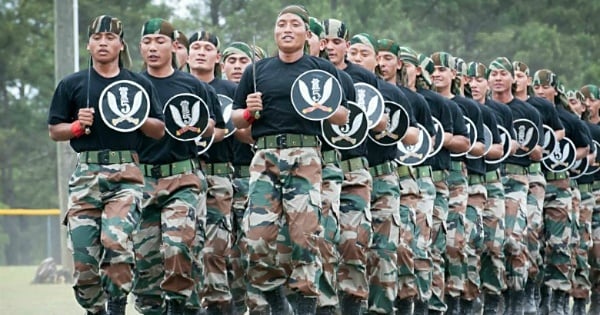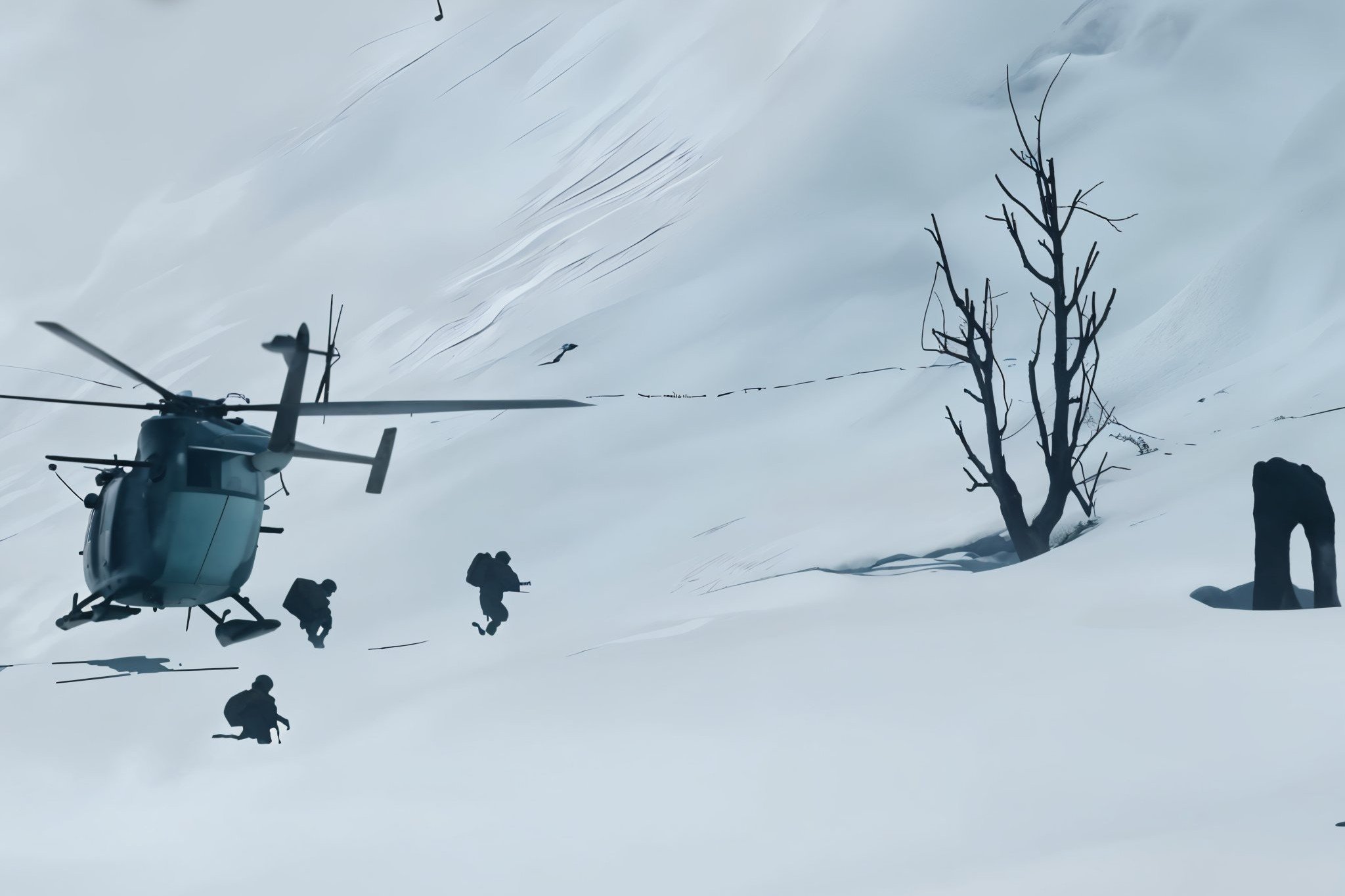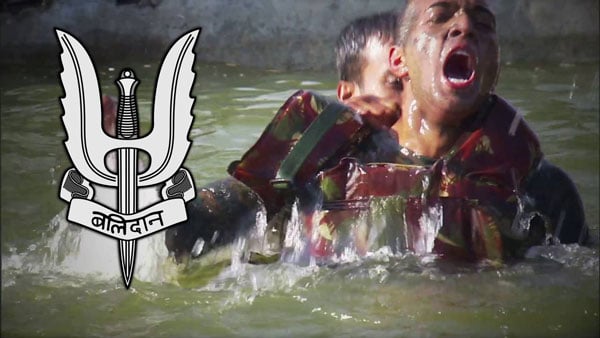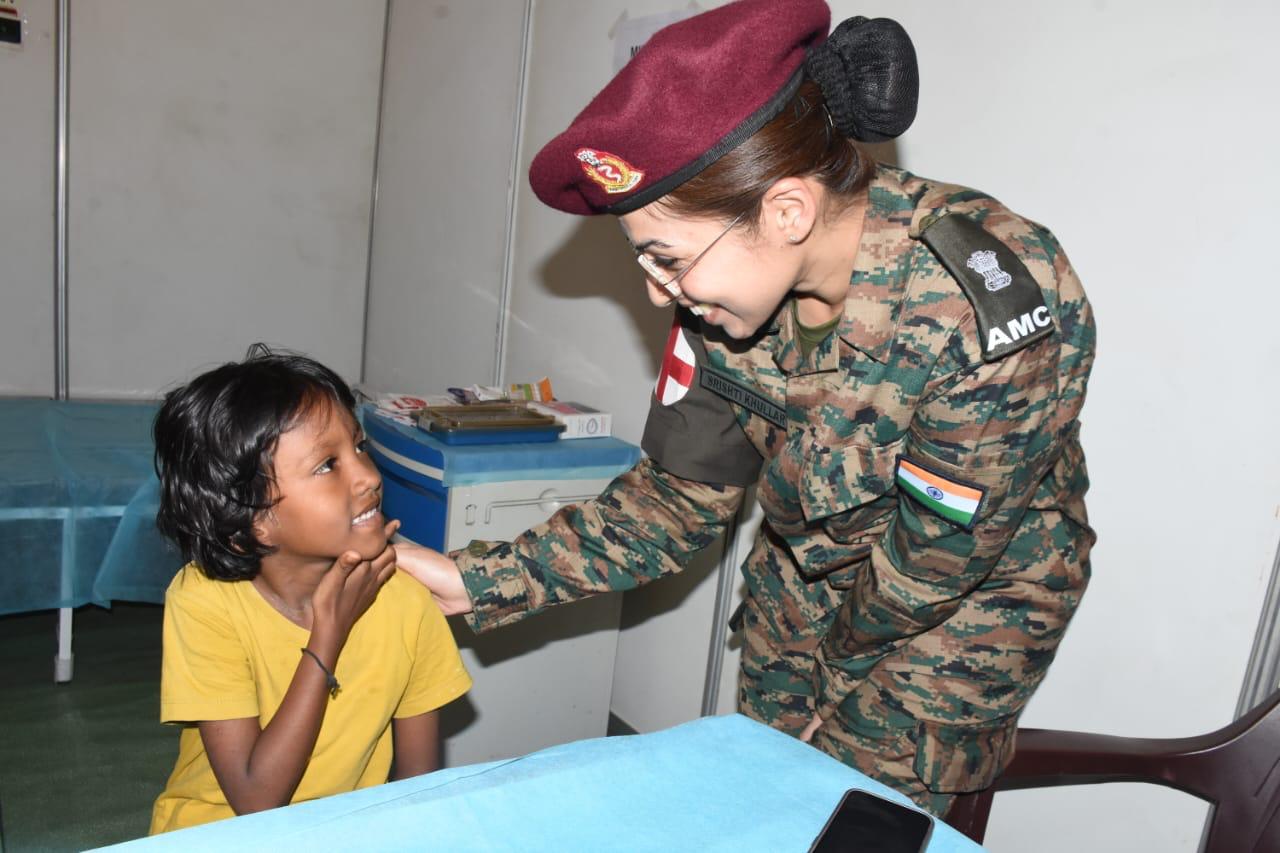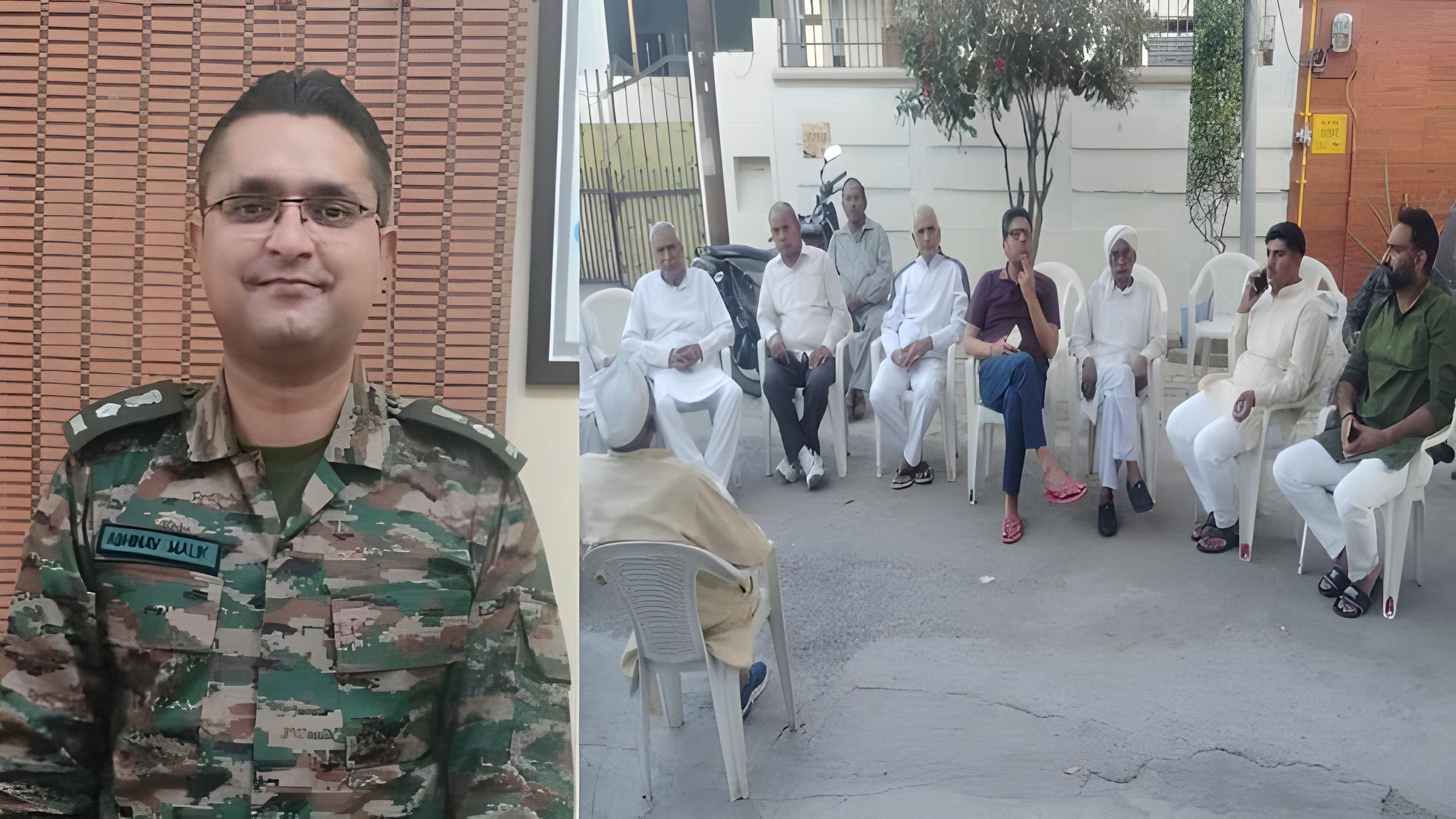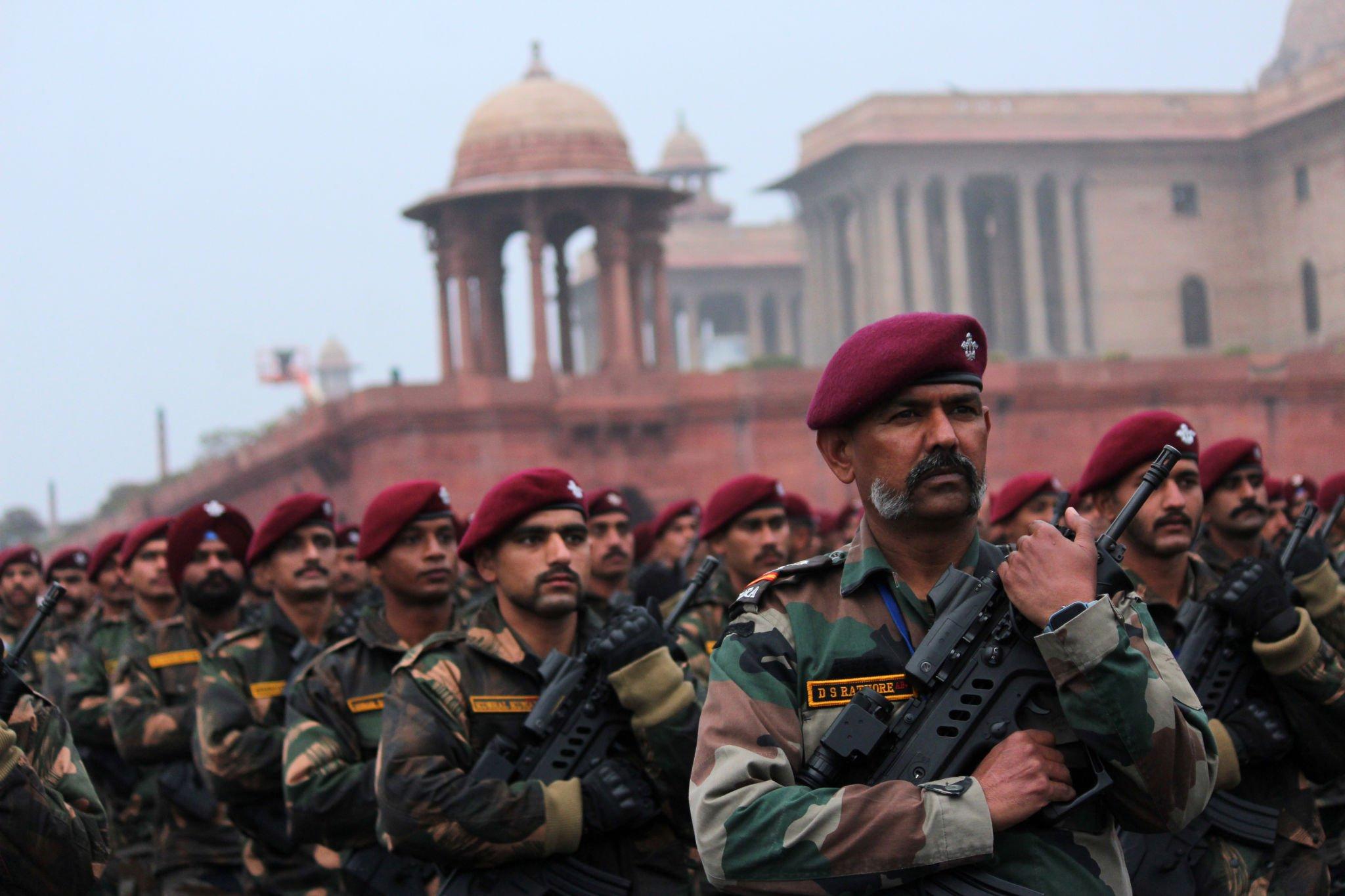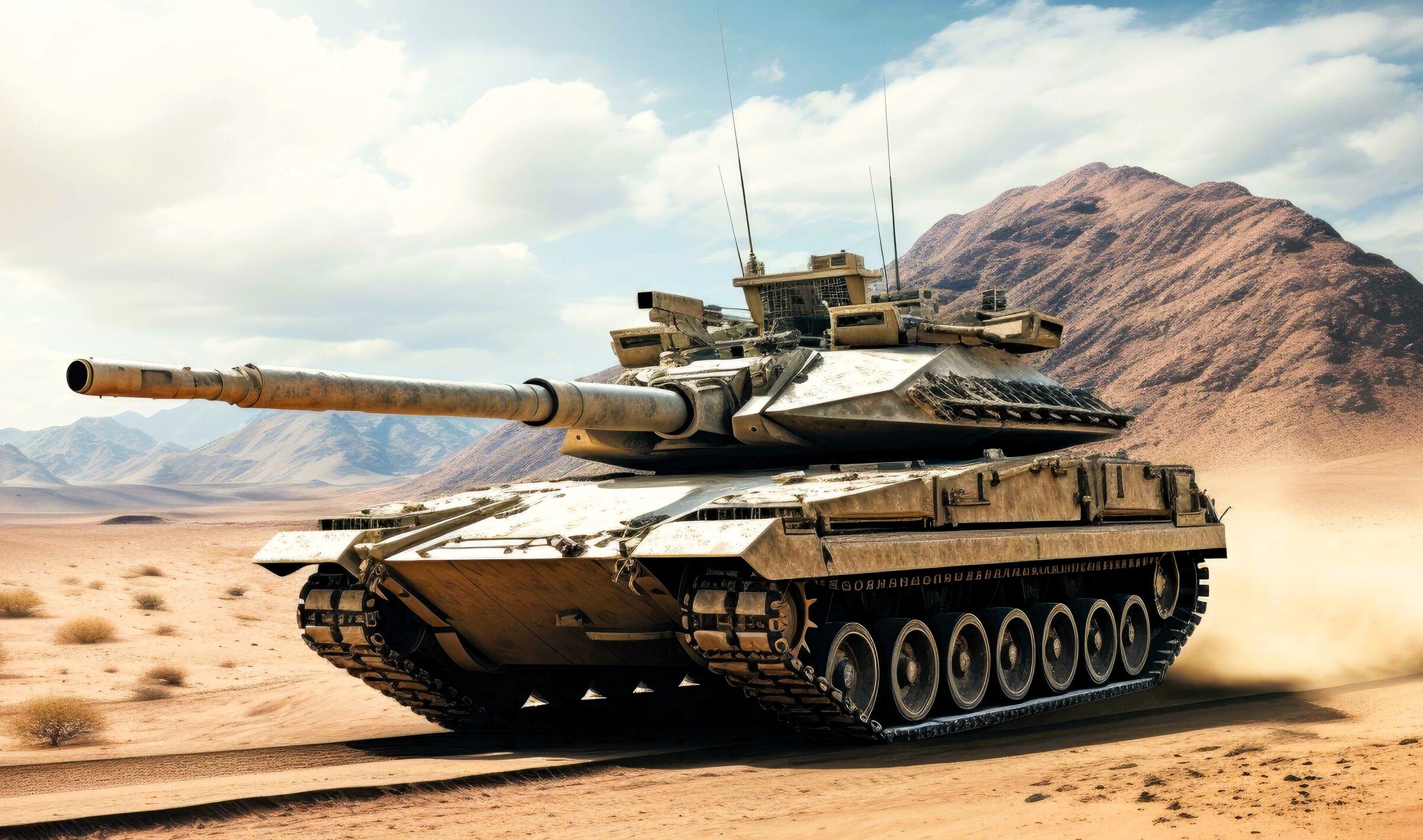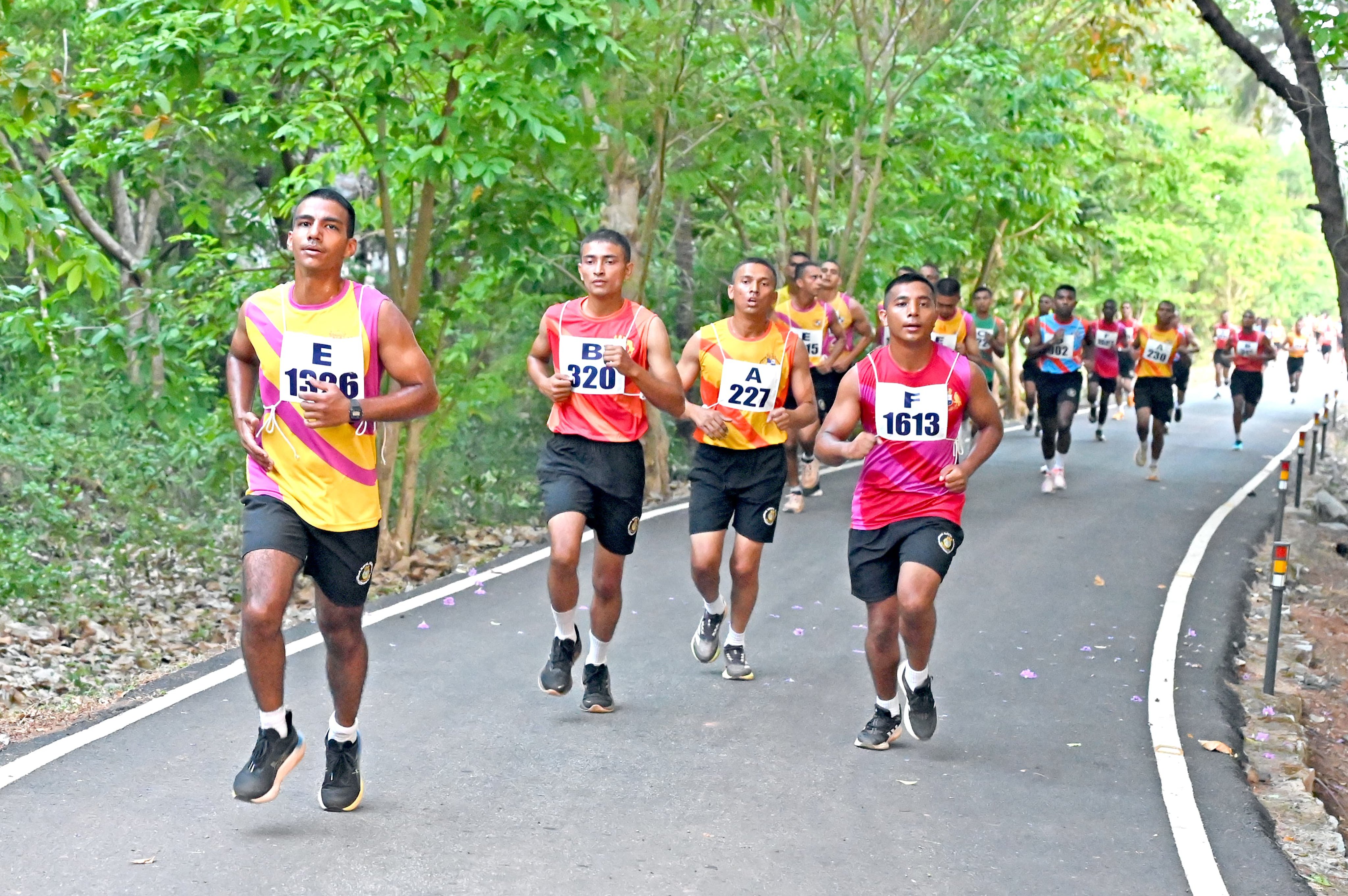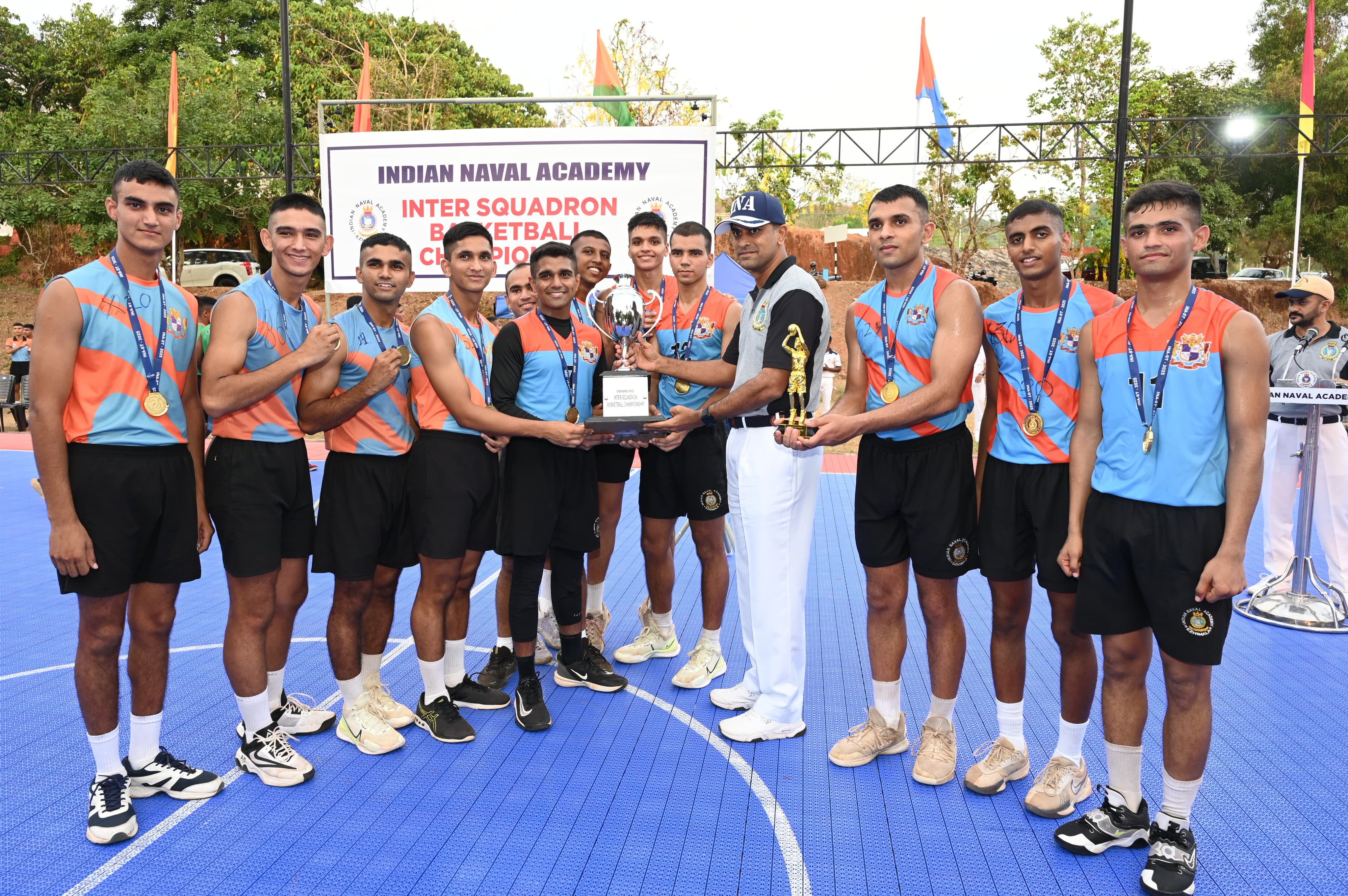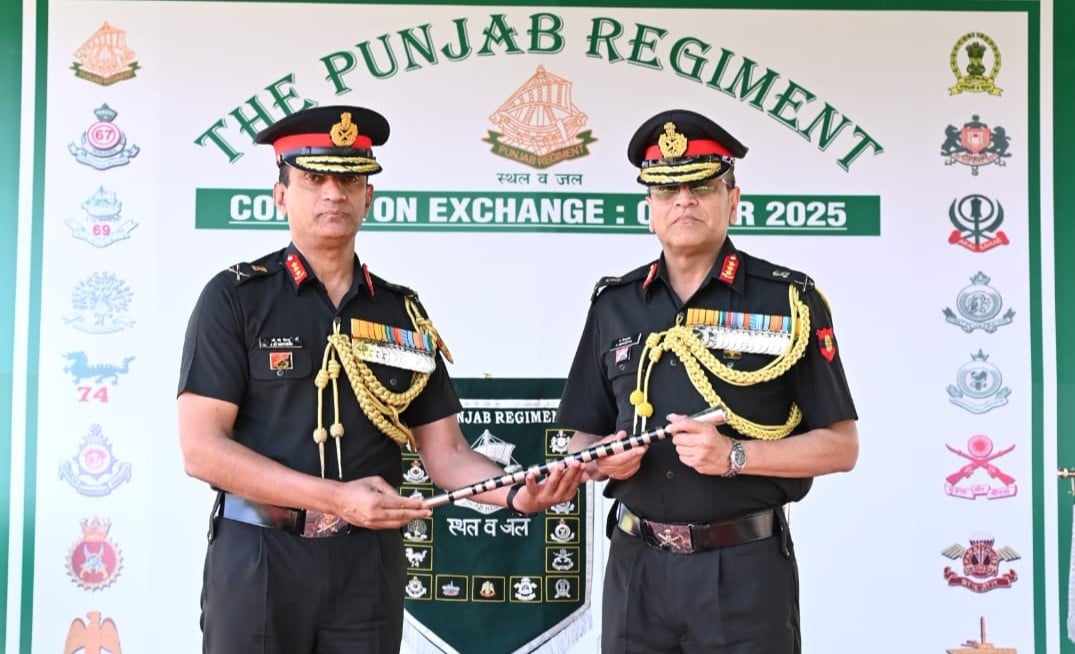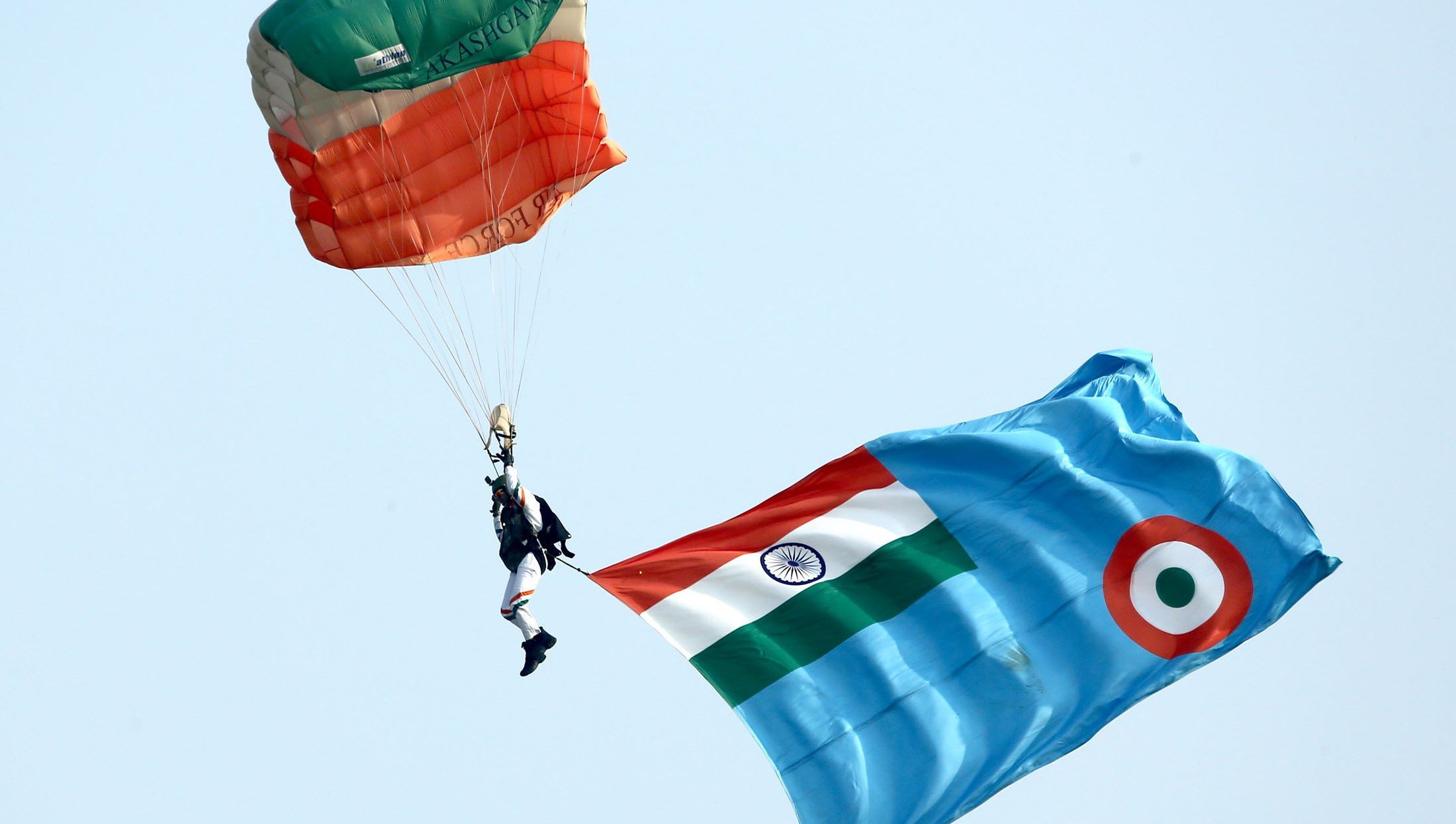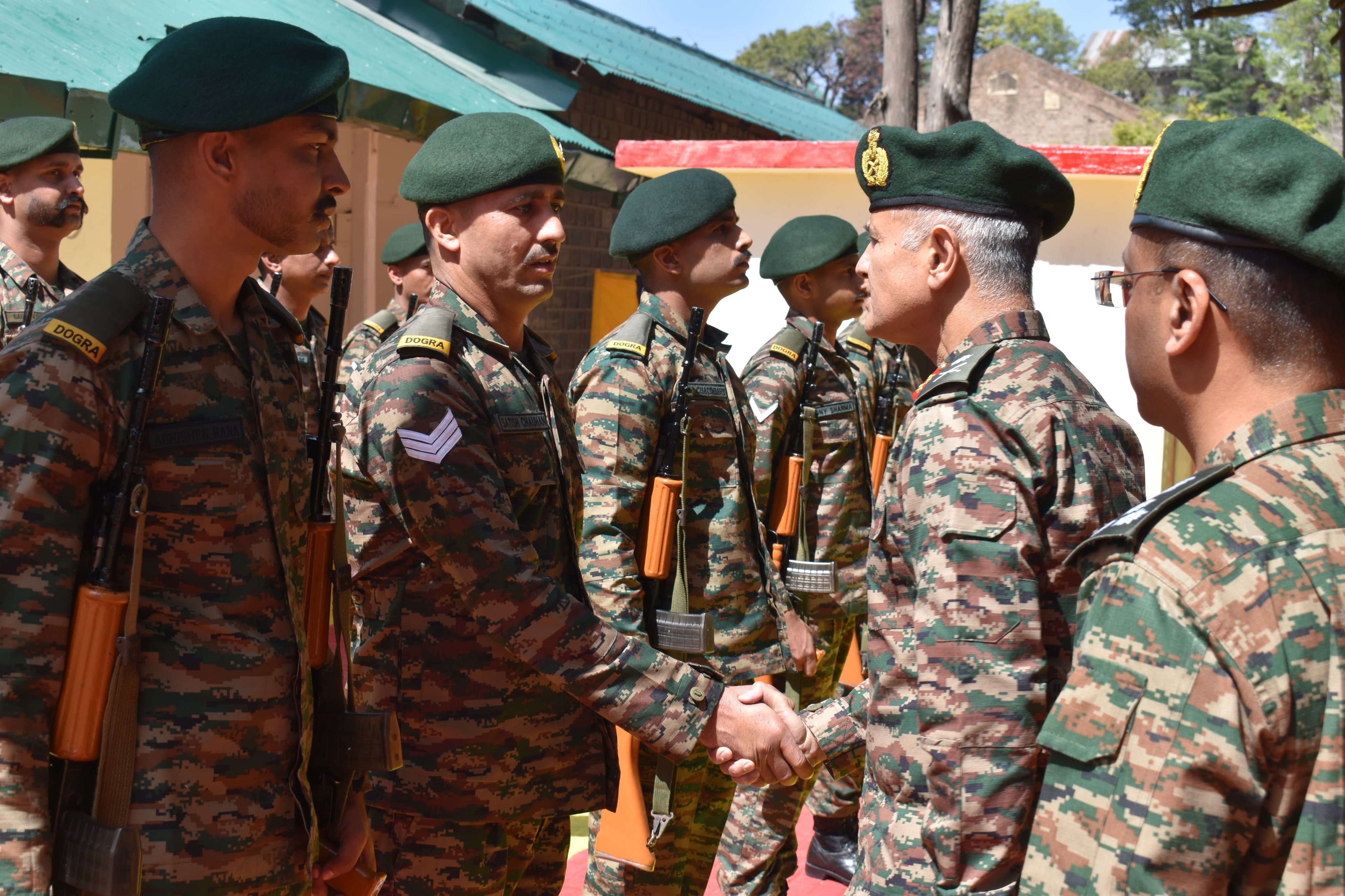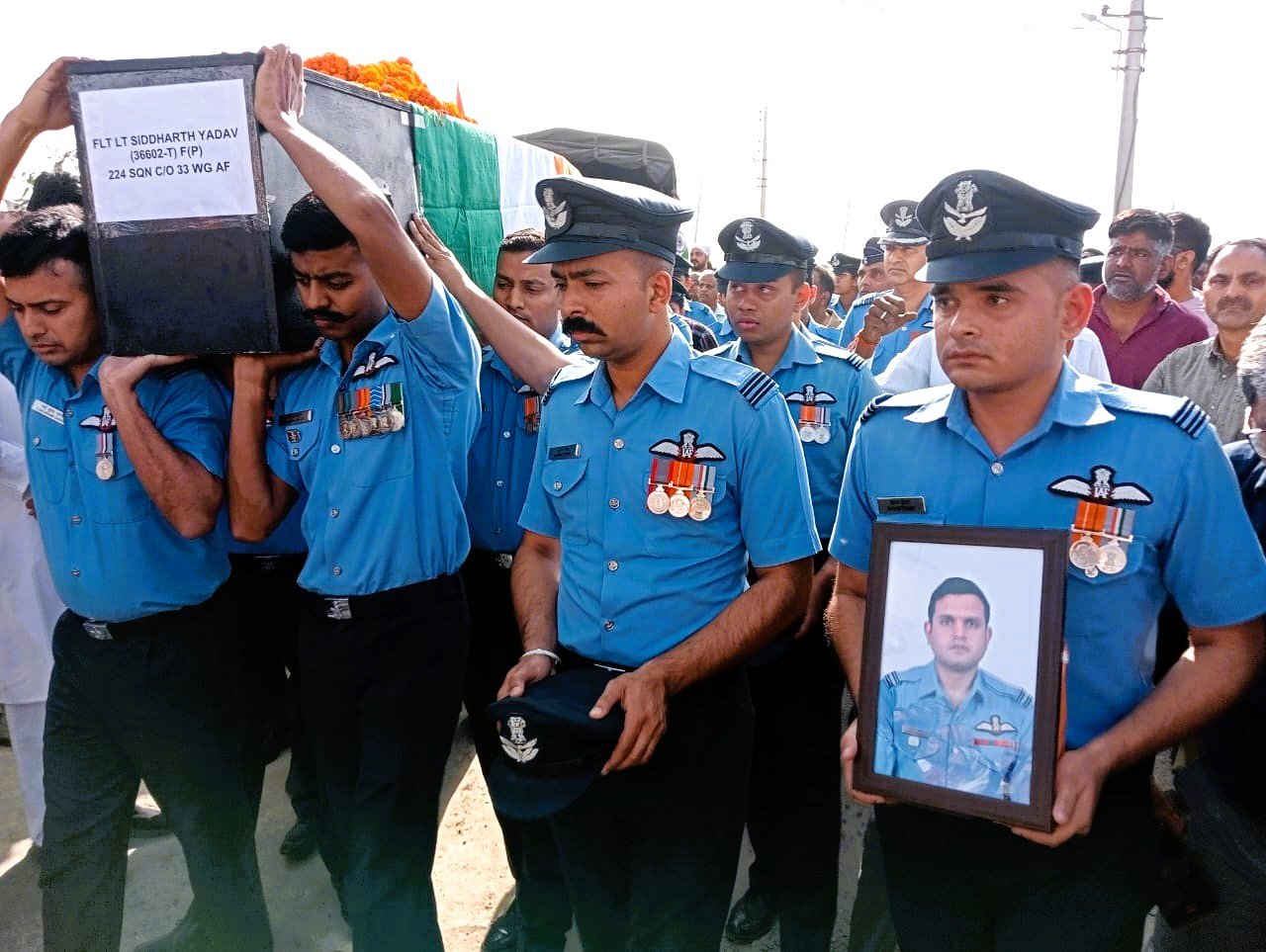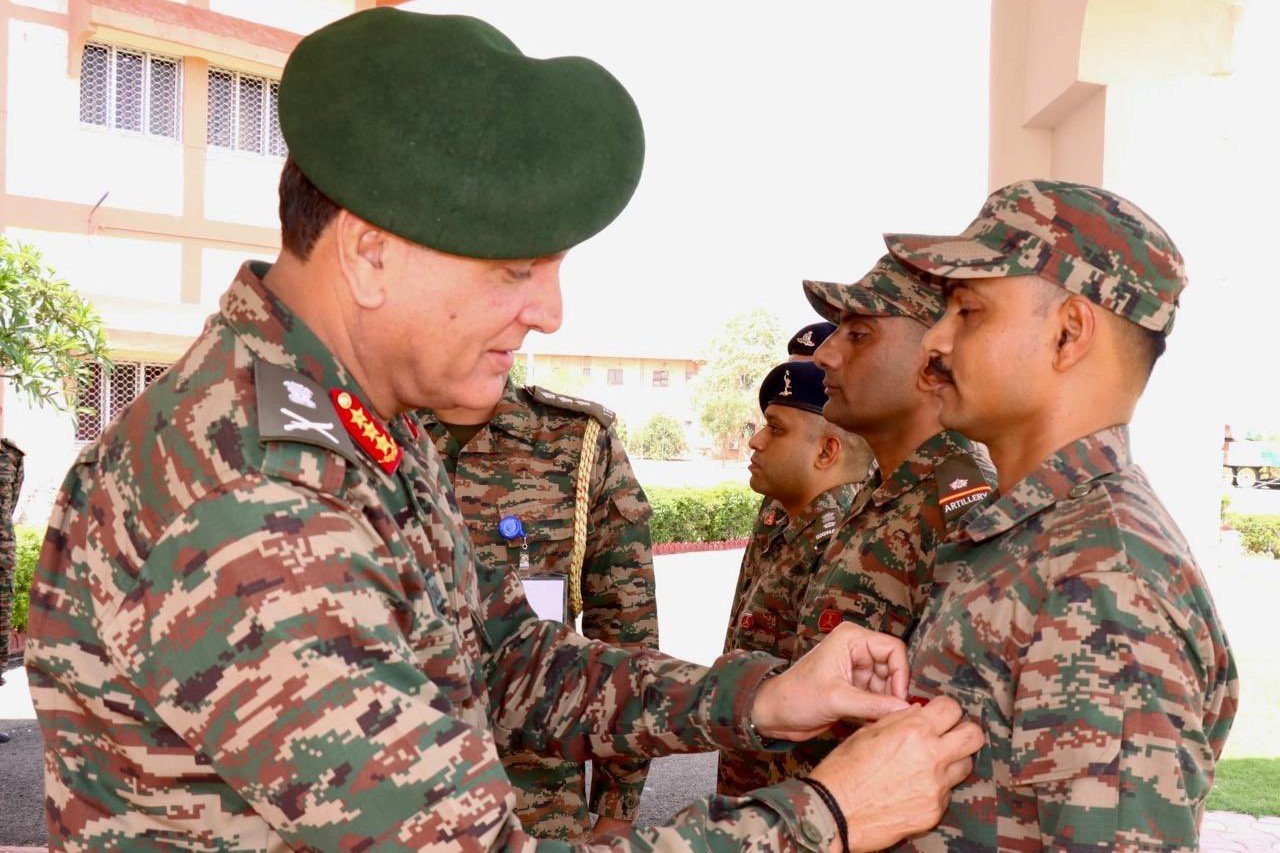So it’s 24th April once again. And with this, the regiment of Gorkha completed yet another year in its distinguished service to the nation. After 201 years, the warriors of Gorkha still stand hard in front of the enemy line protecting the nation. The current Chief of Army Staff, General Dalbir Singh Suhag himself is a Gorkha officer. He was commissioned in 4th Batallion of the 5th GR (4/5 GR) in 1974.
They have a history of courage in battle. Here is a lookback at the 201 years of Gorkha Regiment:
- The name “Gorkha” comes from the hill town of Gorkha from which the Nepalese kingdom had expanded.
- It was raised as the Nasiri regiment. This regiment later became the 1st King George’s Own Gurkha Rifles. Their first war was at the Malaun fort under Lieutenant Lawtie in the pre-independence era.
- Following India’s independence, India, Nepal and Great Britain signed an agreement, The Tripartite Agreement, and of the total of 6 regiments of the Gurkha Rifles joined the Indian Army. In 1950, when India became a republic, the “Royal” titles were dropped from 5 RGR (FF) that joined the Indian Army.
- The Victorians identified them as a “martial race” in the British Army, perceiving in them particularly masculine qualities of toughness.
- Following the divisions of the Gorkha regiments, the British Army decided that joining of the British Army would be entirely voluntary for the Gorkha soldiers and decided to hold a referendum. As a result, large numbers of men from the 7th Gurkha Rifles and the 10th Gurkha Rifles, which recruited predominantly from Eastern Nepal, decided not to join their regiments as part of the British Army. In order to retain a contingent from this area of Nepal, the Indian Army made the decision to raise the 11 Gorkha Rifles.
- There are 39 battalions serving in 7 Gorkha regiments in the Indian Army. Six regiments were transferred from the British Indian Army, while one was formed after independence. They are the 1st, 3rd, 4th, 5th, 8th, 9th and 11th Gorkha Rifles. The 5th GR is the frontier force and dominates any war involving the army.
- The Gorkhas also serve the British Army and pronounced as “Gurkhas”. The 2nd, 6th, 7th and 10th GR joined the Brigade of Gurkhas in the British Army.
- The Gorkha Regiments have been awarded 3 Param Vir Chakras, 33 Maha Vir Chakras, and 84 Vir Chakras during various operations. Major Dhan Singh Thapa, Capt Gurbachan Singh Salaria and Capt Manoj Kumar Pandey are the receipients of the PVC for the GRs.
The courage of not fearing death in the Gorkhas is truly evident from the statement of a fellow Gorkha, Field Marshal Sam Manekshaw. He once famously said “If a man says he is not afraid of dying, he is either lying or is a Gorkha.”
Legend also has that once a Gorkha khukri was drawn in battle, it had to “taste blood” – if not, its owner had to cut himself before returning it to its sheath. This showed the courage in the fearless gorkha soliders.

